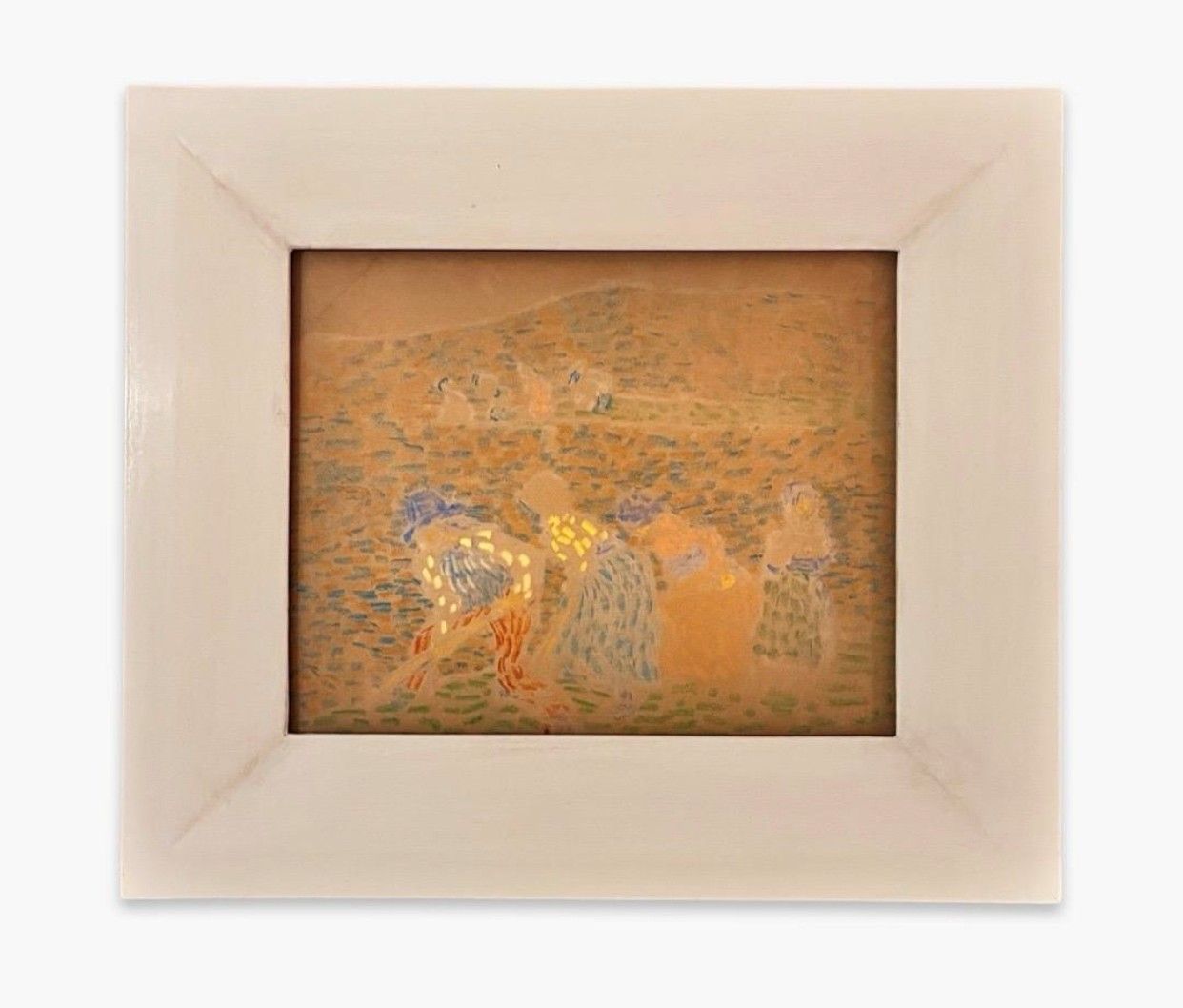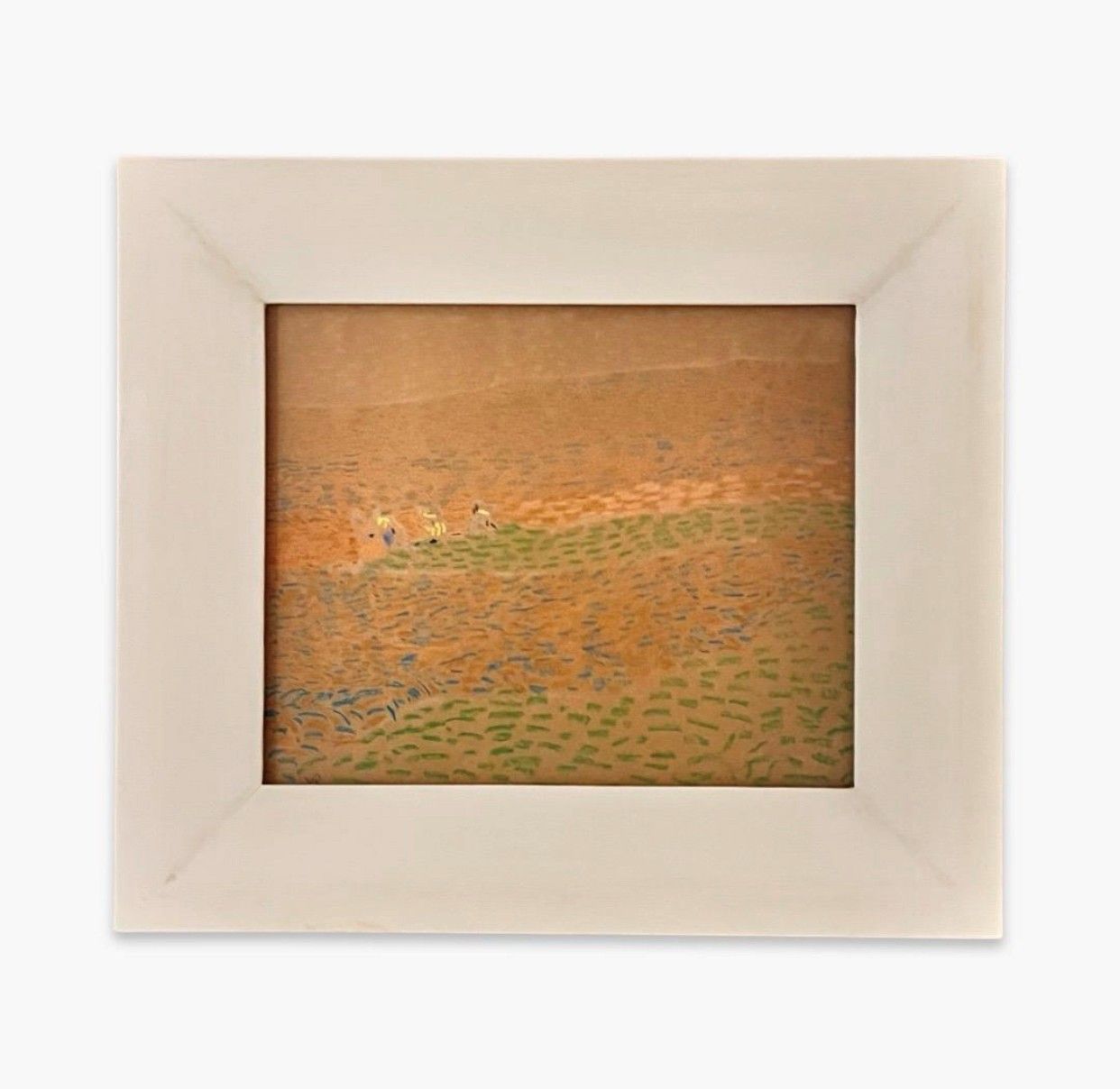O. (OTTO) VAN REES 1884 Freiburg (Germany) - 1957 Utrecht Paysage II
Pastel / Paper: 28 x 33 cm
- This artwork can be viewed in our gallery
- Call us for more information: +31 26 361 1876
- World wide shipping available
Details
When Otto van Rees, together with his wife Adya van Rees, lived and worked next to Picasso's studio in the famous Bateau Lavoir in Paris from 1904 onwards, he would escape the heat and stay from the summer months through to autumn, together with Kees van Dongen and his family, in a rented farmhouse in Fleury-en-Bière. This village south of Paris near Barbizon inspired Van Rees and Van Dongen to paint, draw and work in pastel outdoors, as Van Gogh had done. Van Rees was already highly accomplished in this latter technique and, by all accounts, he taught it to Van Dongen. During this period they created beautiful, colourful luministic paintings together and captured the shimmering heat on canvas. For both Van Dongen and Van Rees, this period represented a breakthrough and paved the way for the many exhibitions that followed (internationally).
These pastels were made as part of a series. During his early period, Van Rees was fascinated by rural/peasant life and created many works on this theme in both France and Italy. The Centraal Museum in Utrecht and the Rijksmuseum Amsterdam also hold work from this period in their collections.
When Otto van Rees stayed in Zurich in 1914 and 1915, he became friends with a teacher, art dealer and art collector, Han Coray. Coray commissioned him, amongst other things, to create murals together with Hans Arp in his school. After Van Rees returned to Paris following the First World War, Coray purchased all of Van Rees's work, including these pastels, which remained in the family for a long time.
Width: 33 cm
Collection J. van den Hoogen, The Hague
'Otto en Adya van Rees, leven en werk tot 1934', Centraal Museum Utrecht, Utrecht, 30 April - 22 June 1975
'Otto en Adya van Rees, leven en werk tot 1934', Haags Gemeentemuseum, Den Haag, 12 July - 24 August 1975
'Van Toorop tot Van Dongen', Lalique Museum, Doesburg, 7 July 2024 - 22 June 2025
Museo Comunale d’Arte Moderna, 'Otto van Rees, 40 opere dalle collezione Ticino', 1994, Ascona, p. 8, no. 9 (ill.)
B. Mordehai Janssens, 'Van Toorop tot Van Dongen. Van symbolisme tot fauvisme', 2024/2025, Doesburg, p. 46 (ill.)

